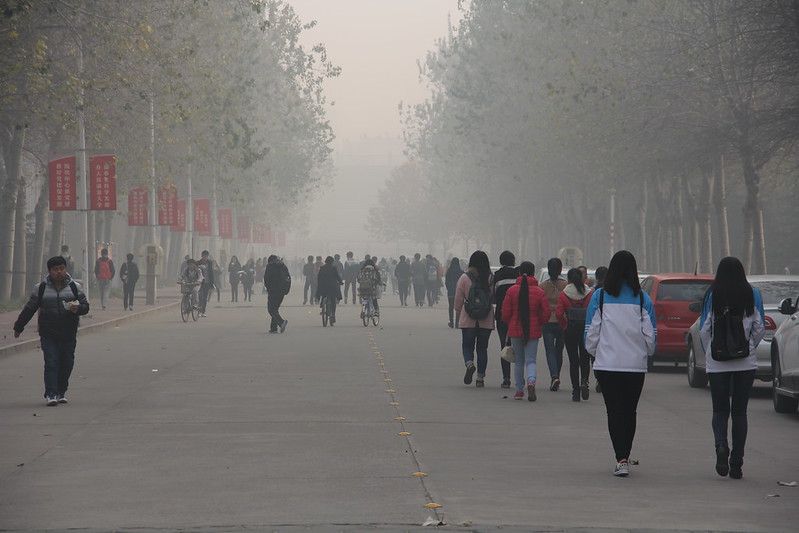
Initial air check results from a far-off island near China’s east side reveal higher levels of hydrofluorocarbon-23 (HFC-23), a greenhouse gas much stronger than carbon dioxide, says the World Meteorological Association. This gas, a climate super pollutant, is 14,700 times more powerful, pound for pound.
Even though China was expected to stop emitting HFC-23 under an international deal, the gas levels remained high in air samples taken at the Gosan air check post on South Korea’s Jeju Island in 2022. China was previously identified as the source of this pollution.
Kigali amendment of the Montreal Protocol
In June 2021, China officially approved the Kigali Amendment to the Montreal Protocol. This is a crucial global agreement aiming to control the release of climate-warming HFCs—those synthetic gases commonly used in air conditioning and refrigeration.
This agreement became effective in China on September 15, 2021, and it set a requirement for the country to cut down on HFC-23 emissions “to the extent practicable” by the end of 2021.
The main source of HFC-23 emissions in China was a byproduct of the production of hydrochlorofluorocarbon-22 (HCFC-22). This substance is widely used in making various fluorinated chemicals, including polytetrafluoroethylene (PTFE), also known as Teflon.
Report from UNEP
A report from the United Nations Environment Programme indicates that China has been responsible for producing over half of all HCFC-22 since 2009. To follow the rules of the Montreal Protocol, those making HCFC-22 need to set up affordable technologies that can neutralize the byproduct of HFC-23.
Surprisingly, air samples taken at Gosan exhibited higher amounts of HFC-23, with some measurements about double the global background levels found in other far-off places. This increase in concentrations persisted until June 2022, the latest month for which data is available.
The initial data from Gosan strongly suggests that there were probably significant releases of HFC-23 in the region during the entire monitoring period. This data, obtained using advanced monitoring tools capable of detecting tiny amounts of pollution down to the parts-per-trillion level, is available on the website of the Advanced Global Atmospheric Gases Experiment (AGAGE).
What is AGAGE?
AGAGE is an international atmospheric monitoring network supported by public funds, including sponsorship from NASA and other federal agencies, including the National Research Foundation of Korea.
Although we don’t know the exact amount and source of emissions leading to the high levels of this climate-damaging pollutant, a study published in August in the journal Atmospheric Chemistry and Physics concluded that similar high concentrations of HFC-23 at the same monitoring station from 2008 to 2019 were mainly from eastern China.
12 chemical plants in China and the US emit a potent climate pollutant with collective emissions equal to the annual greenhouse gas emissions of 31 million automobiles, according to a recent report.#11DaysForEarthsHealing #11DFEH #ARDEAF #Eartherian #climatechange #environment pic.twitter.com/Wos0wvjKKe
— ARDEA Foundation (@ARuDEAF) May 1, 2023
The study found that ninety-four percent of East Asia’s emissions in 2019 could be traced back to eastern China. In 2019 alone, emissions of HFC-23 from eastern China were around 10,420 tons, equivalent to the annual greenhouse gas emissions from thirty-one million cars or thirty-seven coal-fired power plants, according to the EPA’s greenhouse gas equivalency calculator.
Analysis of air samples
Scientists from AGAGE will now scrutinize air samples collected at Gosan from 2020 to mid-2022, as outlined by Ronald Prinn, an atmospheric science professor at MIT and one of the principal investigators overseeing the AGAGE network.
This analysis will involve detailed meteorological modeling, enabling scientists to pinpoint the source and quantity of any regional HFC-23 emissions responsible for the heightened concentrations observed at Gosan.
See all the latest news from Greece and the world at Greekreporter.com. Contact our newsroom to report an update or send your story, photos and videos. Follow GR on Google News and subscribe here to our daily email!



